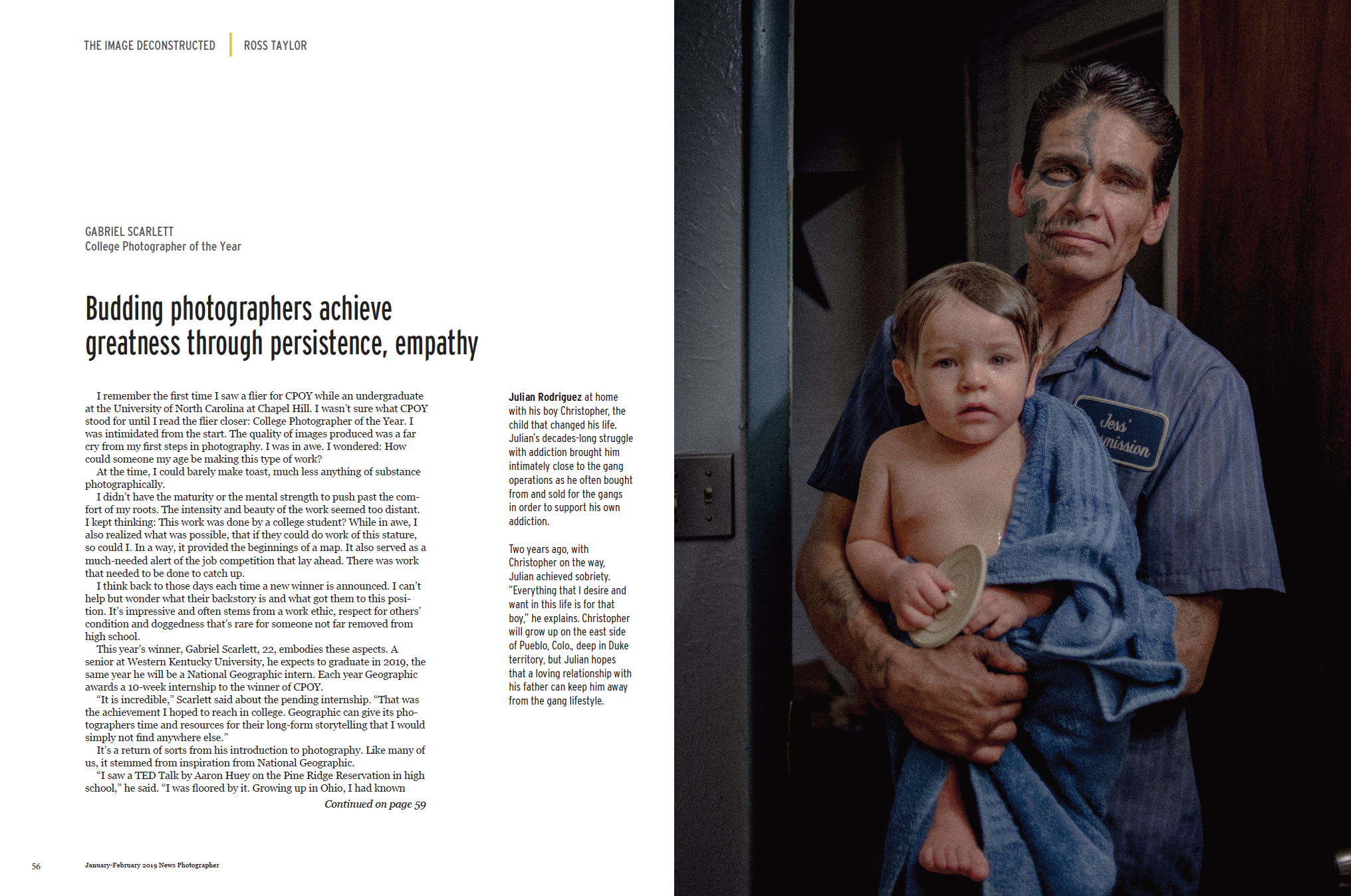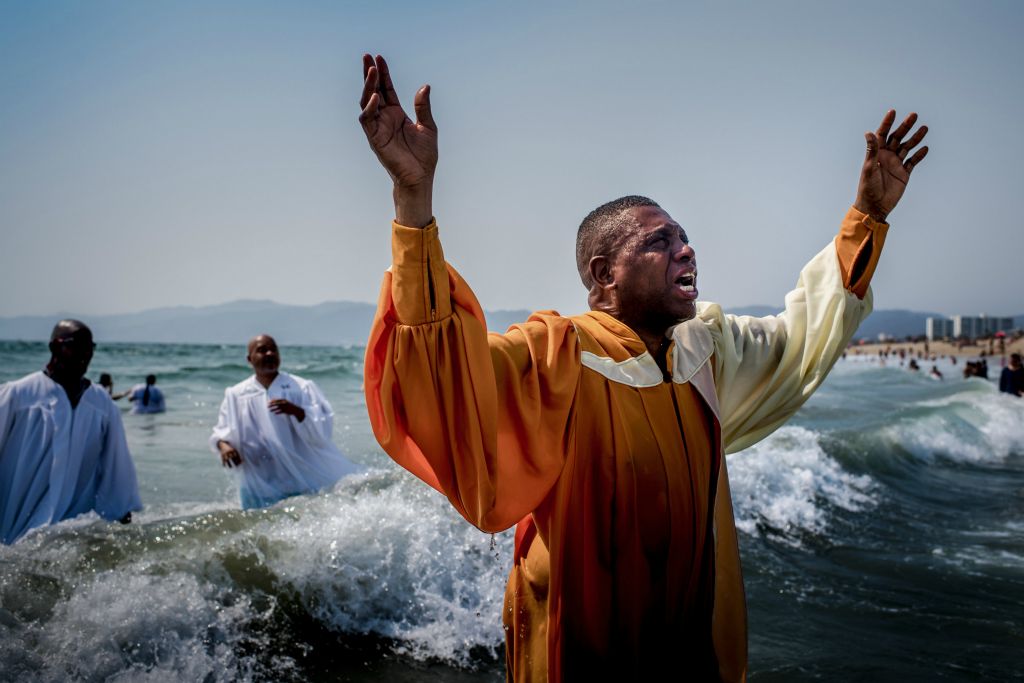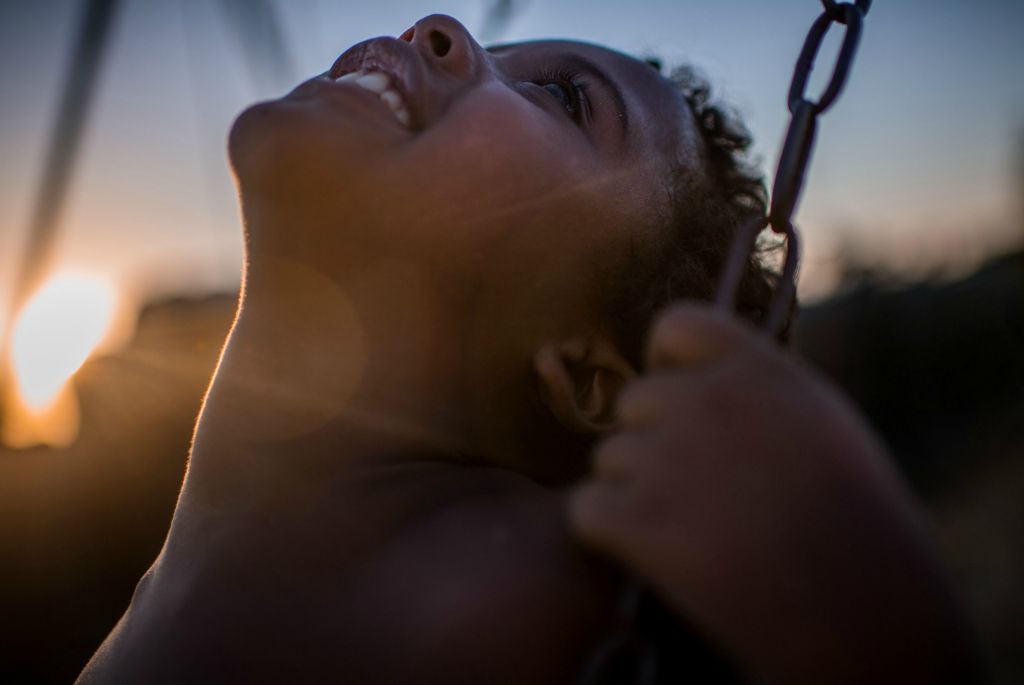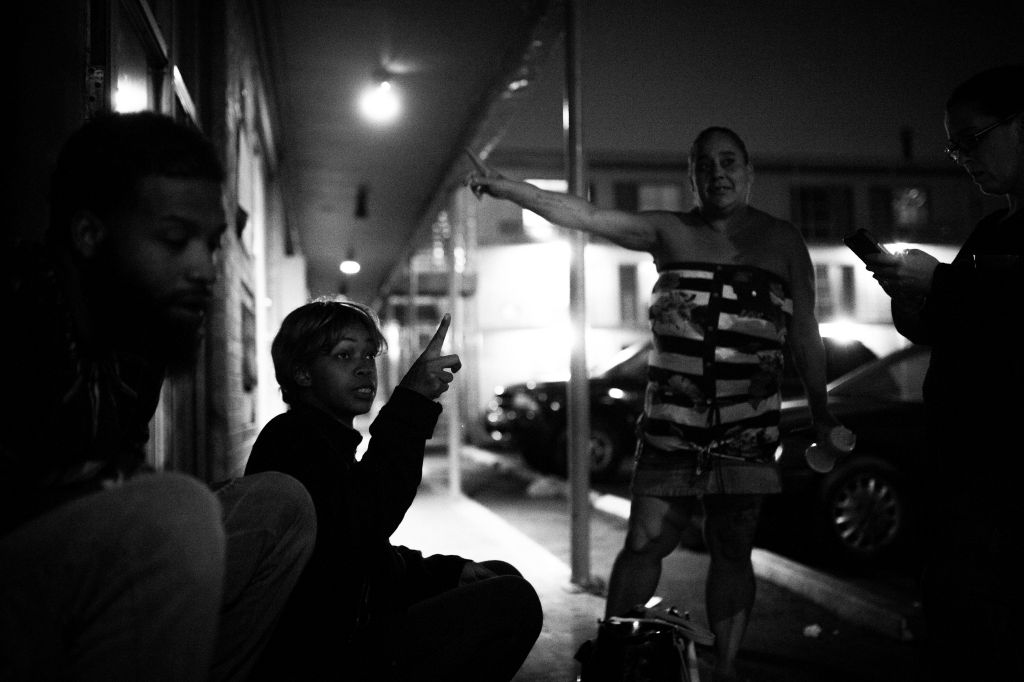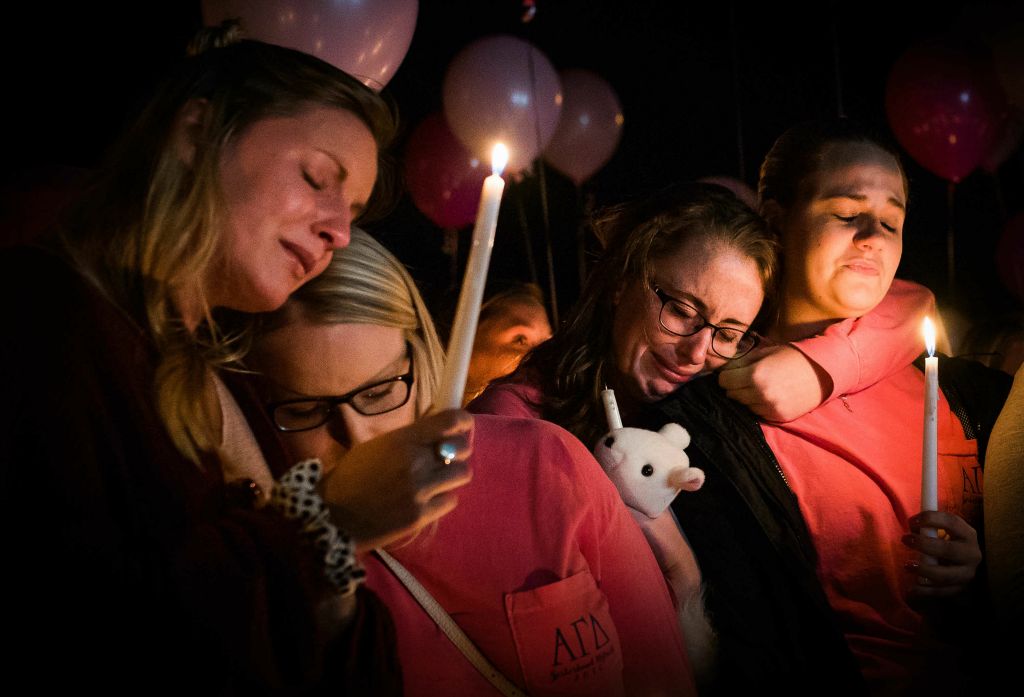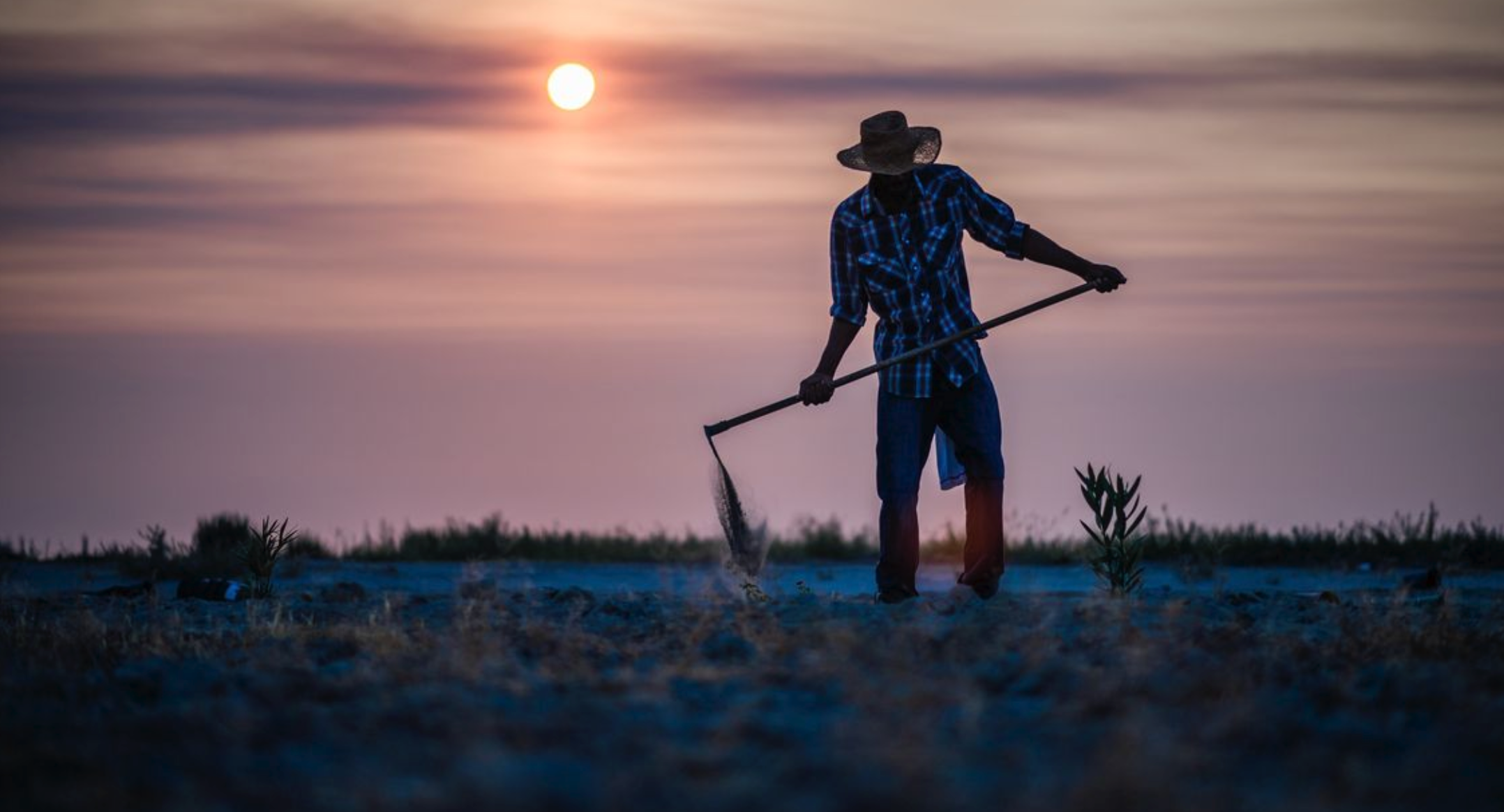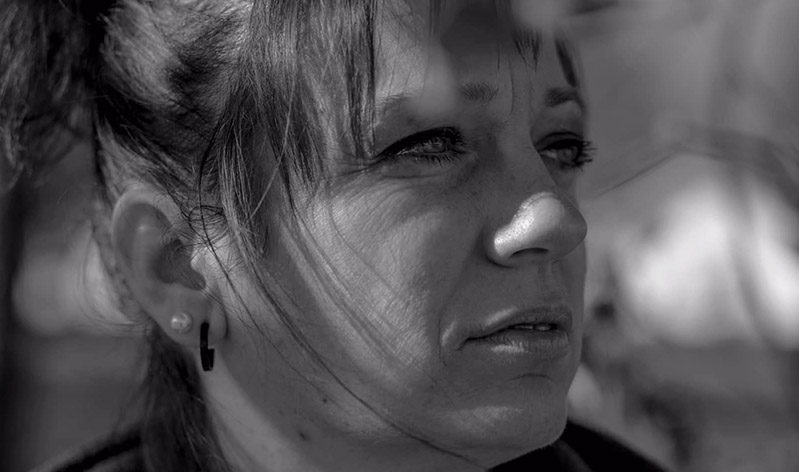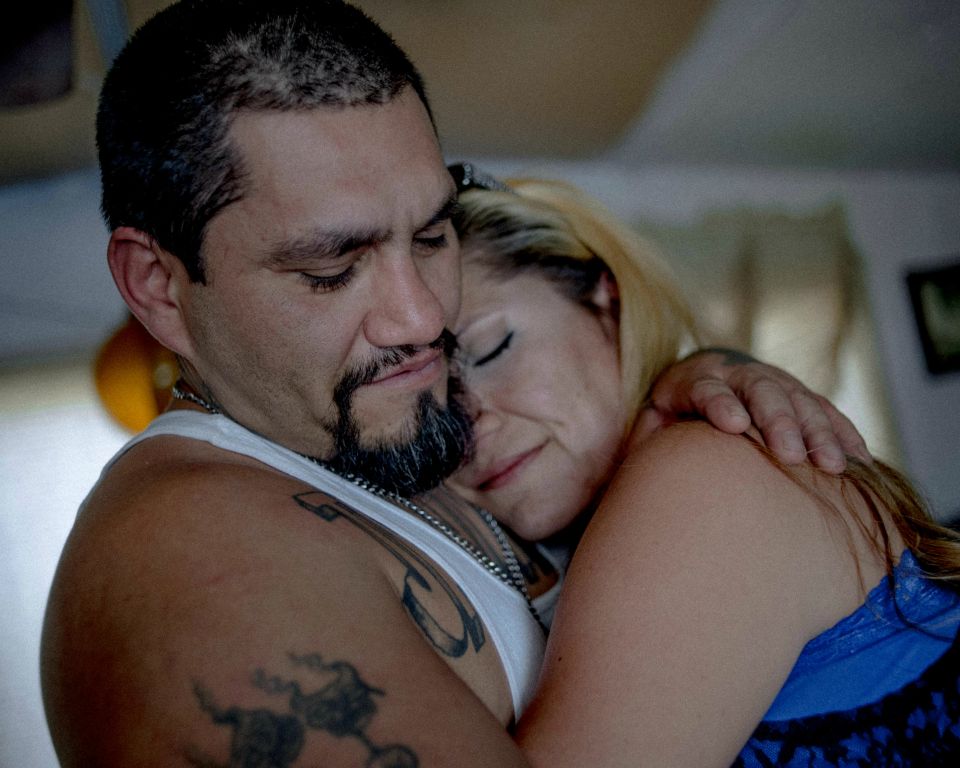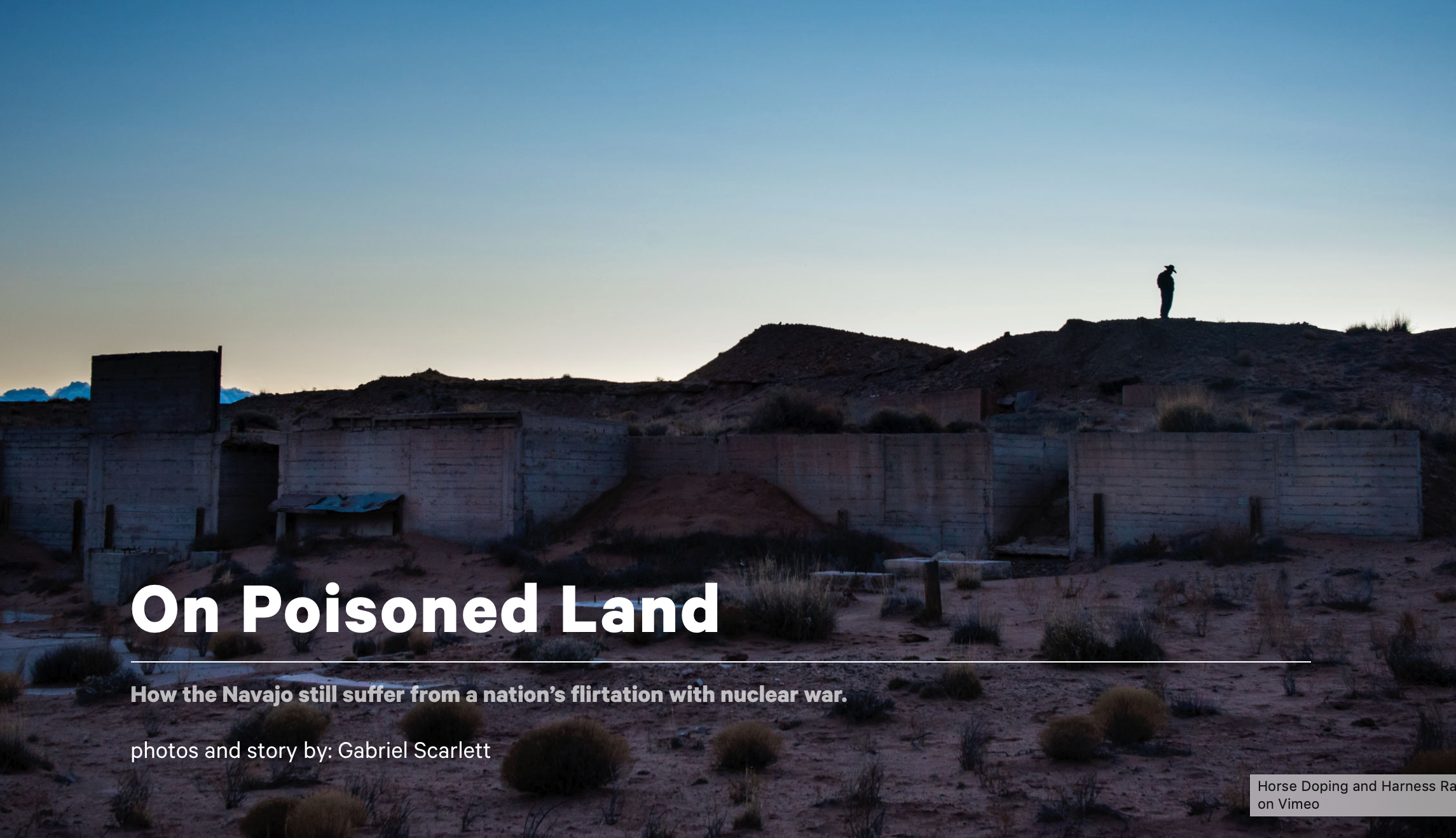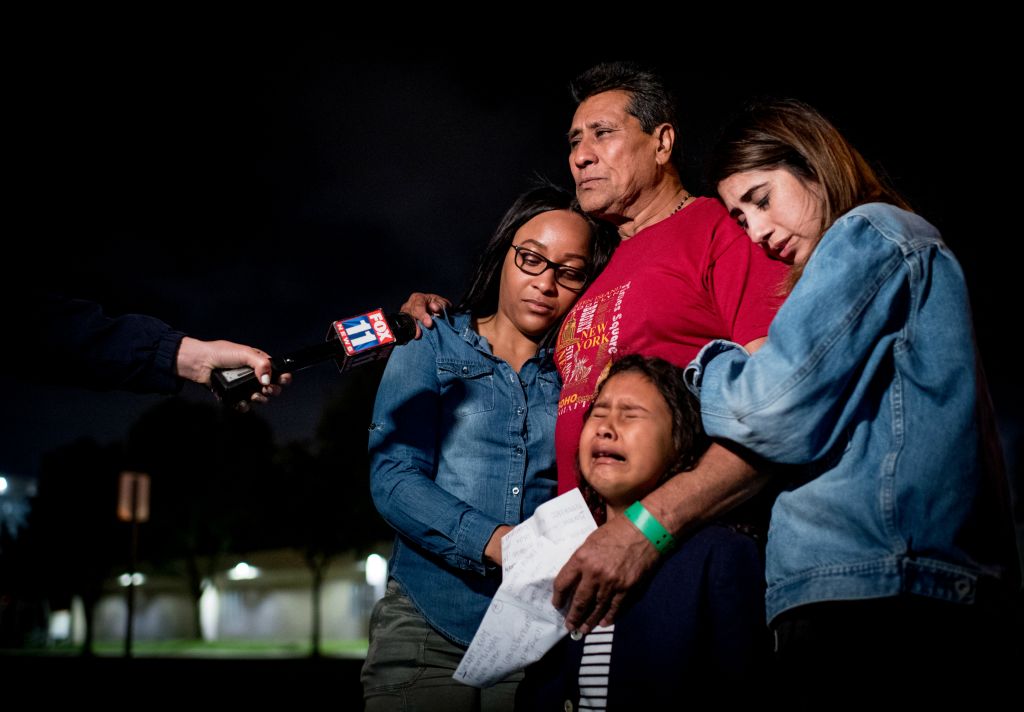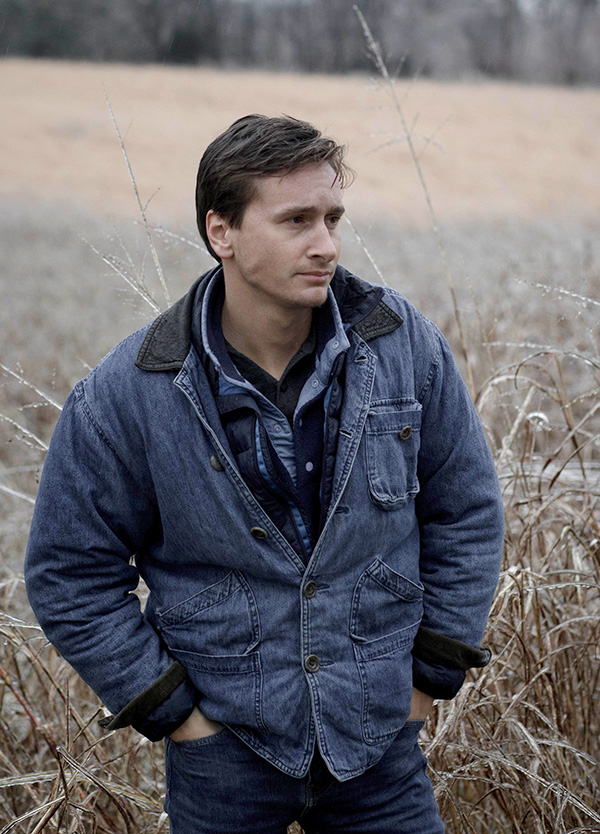
Click on the image above to read about Gabriel Scarlett in Ross Taylor’s The Image Deconstructed article in the January/February issue of News Photographer.
Gabriel Scarlett, undergraduate student from Western Kentucky University, won the first C. Thomas Hardin and Mary C. Hardin Documentary Scholarship.
Accomplishments
2019
Will be the photography intern at National Geographic Magazine as the 73rd College Photographer of the Year.
2018
Los Angeles Times – Photo Internship
College Photographer of the Year – Gold in Portfolio, Silver in General News and Feature, AoE in General News, Bronze in Online Multimedia Team
Atlanta Photojournalism Seminar – Student Photographer of the Year
New York Times Portfolio Review – Participant
Hearst National Championships – Third Place in Photojournalism
Hearst Awards – First Place in Team Multimedia
Alexia Foundation – Student Grant Award of Excellence
Reuters Storytelling Inaugural Grant – Recipient
Kentucky News Photographers Association – Student Photographer of the Year
Kentucky News Photographers Association – “Ed Reinke” Best In Show
Michel du Cille Scholarship – Northern Short Course in Photojournalism
NPPF – Jimi Lott Scholarship
NPPF – Col. William Lookadoo Award
WKU Student Developmental Grant for “Flock of Doves”
Kodak Scholarship – WKU Departmental
Completed my EMT-Basic in Emergency Medicine
2017
Denver Post – Photo Internship
Hearst National Championships – Second Place in Photojournalism
Hearst Awards – Second Place in Photojournalism – News & Features
Hearst Awards – Second Place in Individual Multimedia Enterprise Reporting
College Photographer of the Year – AoE in Portfolio, Silver in Portrait, AoE in Documentary
Atlanta Photojournalism Seminar – Student Photographer of the Year
James Alan Cox Foundation Scholarship
NPPF Bob Baxter Scholarship
WKU Student Developmental Grant for “On Poisoned Land”
George Tames Scholarship – WKU Departmental
Northern Short Course in Photojournalism – Volunteer
2016
College Photographer of the Year – AoE in Feature
Atlanta Photojournalism Seminar – Dave Martin Student Grant Recipient
Jon Woods Scholarship – WKU Mountain Workshops Participant
David Cooper Scholarship – WKU Departmental
Northern Short Course in Photojournalism – Participant
Atlanta Photojournalism Seminar – Participant
2015
WKU Mountain Workshops – Volunteer
Atlanta Photojournalism Seminar – Participant
Career Goals
For the last three years, I have begun to build a life around my calling to photojournalism. As I have accomplished many of the goals I set out for myself each year, I have realized just how much is possible for me in this industry. I am also cognizant of just how fortunate I am to know so clearly what I want to do and create, and to have enjoyed recognition early in my career.
In May I will be joining National Geographic as their photography intern through the College Photographer of the Year organization. This has been a dream of mine for three years now, and I have come to see it as the culmination of all my work in college.
Knowing myself and my own drive, I hope to move into a full-time position somewhere soon after my time at Geographic. Currently, my sights are set mainly on the new fellowship program at the New York Times or a staff photographer position at a metro newspaper.
My experience this past summer at the Los Angeles Times convinced me of the power of local journalism and the great visuals that can be made at a paper with plentiful resources and a talented staff. Whenever I found stories to pursue, I was pulled from the daily schedule to be freed up for long form work. I dream of working on staff at a publication like the Times that supports important documentary storytelling.
I am trying to remain realistic and understand that I would quite possibly not find a coveted staff job immediately upon entering the arena, and so I plan to continue seeking grants and fellowships until I can find a more permanent position. While I am doing this, I hope to complete my EMT National Registry Exam (I have finished the course and physical exam) and begin working at a local ambulance service in Kentucky to begin paying off my student loans and gain life-saving skills and trauma experience.
Additionally, I hope to continue in my pursuit of foreign languages. Currently I am finishing up advanced Arabic studies and I have considered studying in North Africa or the Middle East in the future in order to push my colloquial speaking skills. If I am ever hired to work in Los Angeles, Spanish will become my main focus. Of all subjects in photojournalism, I have found myself most drawn to stories that document the plight of predominantly Spanish-speaking farm workers in the Central Valley, a woefully underreported issue.
Looking back over my time in college, I recognize how my own distaste for complacency has driven me to grow and succeed. I cannot wait to look back again in five years time and again take pleasure in the growth and learning.
Portfolio
Click on pictures to see stories.
California is Burning
A summer spent in California revealed to me a state and a people burning with color and life. Assignments and simple wanderings brought me close to the flame. It burned itself into me and these photographs are my incomplete record of a place so vast that I will always long for more. Until I return to that heat, I know that California will burn on without me.
World Pass Us By
The ‘Black Okies’ were a group of around 35,000 African-Americans who emigrated to California from Dust Bowl Oklahoma and Texas. Most were cotton sharecroppers in the small towns of California’s Central Valley, but labor demands have shifted and younger generations have traded a life in the fields for the opportunity in nearby cities. This project is an exploration of the life and legacy of this group.
On the Brink
Shawn and Taneka Hill brought their children to Colorado for a better life and for Shawn to find steady construction work. Despite his skill level and $25/hr wages, Shawn was never able to get his family in permanent housing and they shared a one bedroom unit at the Kings Inn Motel. The surge in housing prices has kept thousands in Denver area from escaping homelessness. For over a year, the Hills enjoyed the close knit community at Kings until new ownership took over and rent was increased several times. The evictions soon began and the they found themselves struggling to survive, moving from one motel to another. A family, on the brink.
An African American farmer's Central Valley dream
Dennis Hutson is attempting to revitalize the once-predominantly African American town in California’s Central Valley.
Project role: Found, shot, and wrote the story.
The Pain We Cause
In a Kentucky jail, Amy McCowan prepares for her release after 7 months of incarceration. On the outside, her mother and son await her return.
Project role: Done as a team project with my classmate Morgan Hornsby. We both shot and edited the piece.
Flock of Doves
The palomilla, a Spanish word meaning “flock of doves,” were groups of young Mexican men who banded together for solidarity and fraternity. These were the precursors to the the Latino gangs of the American Southwest, that kill for pride and territory in cities like Los Angeles and Oakland and Pueblo, Colorado. Pueblo is a city that has seen the loss of over 5,000 steel manufacturing jobs since the 1960s, and the gangs have become a reality faced by much of Pueblo’s youth. Police have identified more than 1,000 gang members within Pueblo, roughly nearly two percent of its population. The murder rate has soared, pushing it to the highest per capita in the state. Police Chief Luis Velez attributes this to gang rivalries over the gun trade and the exploding drug market. But what is often lost in most narratives on gang violence is a community of voices demanding change. Frontline churches welcome gang members, addicts, and dealers while former gang bangers have begun to mentor the youth and steer them away from repeating their pasts. Mothers and fathers who raise babies in gang territory speak of a sacrificial love that they must model for their children who are recruited by the gangs as early as 10 and 11. These images are of and for them.
On Poisoned Land
On July 16, 1945, the first atomic bomb detonation took place in a test explosion near Socorro, New Mexico, setting into motion an arms race that needed one main raw ingredient: weapons-grade uranium. Land in the American Southwest that was made up of barren desert scrub brush and sandstone mesas was found to be incredibly rich in uranium ore. The people of the Navajo Nation sat on some of the largest uranium deposits in the world. Hundreds of mines were opened and a boom began. But as is so often the case with indigenous populations, the vast majority of Navajos did not benefit from their own natural resources and unemployment now rests above 40 percent. Decades of irresponsible mining, chemical dumping, and radioactive spills have left large swathes of the Navajo Nation with crystal clear, yet contaminated and undrinkable ground water.
More than a decade has passed since the last uranium was mined on Navajo land, but the death and disease it brought is far less removed. Over 30,000 sick Navajo miners have been compensated under the Radiation Exposure Compensation Act that awards a cash sum to those who can prove that they are sick or dying from their time spent working in the mines. Many more will die in the coming years, but their legacy is lost on much of the country. The president has called for a second nuclear arms race as miners still die from the first.
In Navajo tradition, four sacred mountains are said to mark the edges of the Navajo’s land and are believed to watch over the people. In one prayer, the four mountains speak to the Navajo saying: “My child I will feed you, give you good health, and I will give you strength and courage. My child I will give you clean air and clean water to drink. I am your Life.” But from beneath the mountains on the Navajo Nation Reservation have come some of the richest deposits of uranium in the world, and with them sickness, suffering, pain, and loss. Today, the Navajo know this bitter irony all too well. They live it.
Project role: Writer, Photographer, and Videographer. I found this story while working at a Boy Scout ranch in New Mexico after my freshmen year of college. I began driving six hours each way to the Navajo Reservation on my weekends in order to document the water insecurity crisis. I later received a grant from the Atlanta Photojournalism Seminar to continue the work and another grant from Reuters which I will be using to return in January.
The Wrongful Imprisonment of Jose Louis Garcia
Jose Luis Garcia was picked up from his lawn early in the morning on a Sunday in June. Garcia has lived in America for nearly fifty years and holds a green card, but due to recent Trump administration policies, a misdemeanor conviction from 17 years ago made him eligible for deportation. Critics of the policies say that in a supposed effort to round up dangerous criminals and gang members, innocent immigrants are being swept up by ICE agents because they take fewer resources to arrest and deport. Through his 19 day imprisonment, his daughter Natalie fought for his release through the media. Prosecutors ultimately declined to pursue deportation charges, in an unprecedented decision change. According to Jose’s legal representation, they were contacted asking to have the case “go away quietly.” Since his release, Jose has returned to his three jobs and caring for his family and granddaughter Marley. His greatest wish is to become a full US citizen and be able to vote in the next presidential election.

